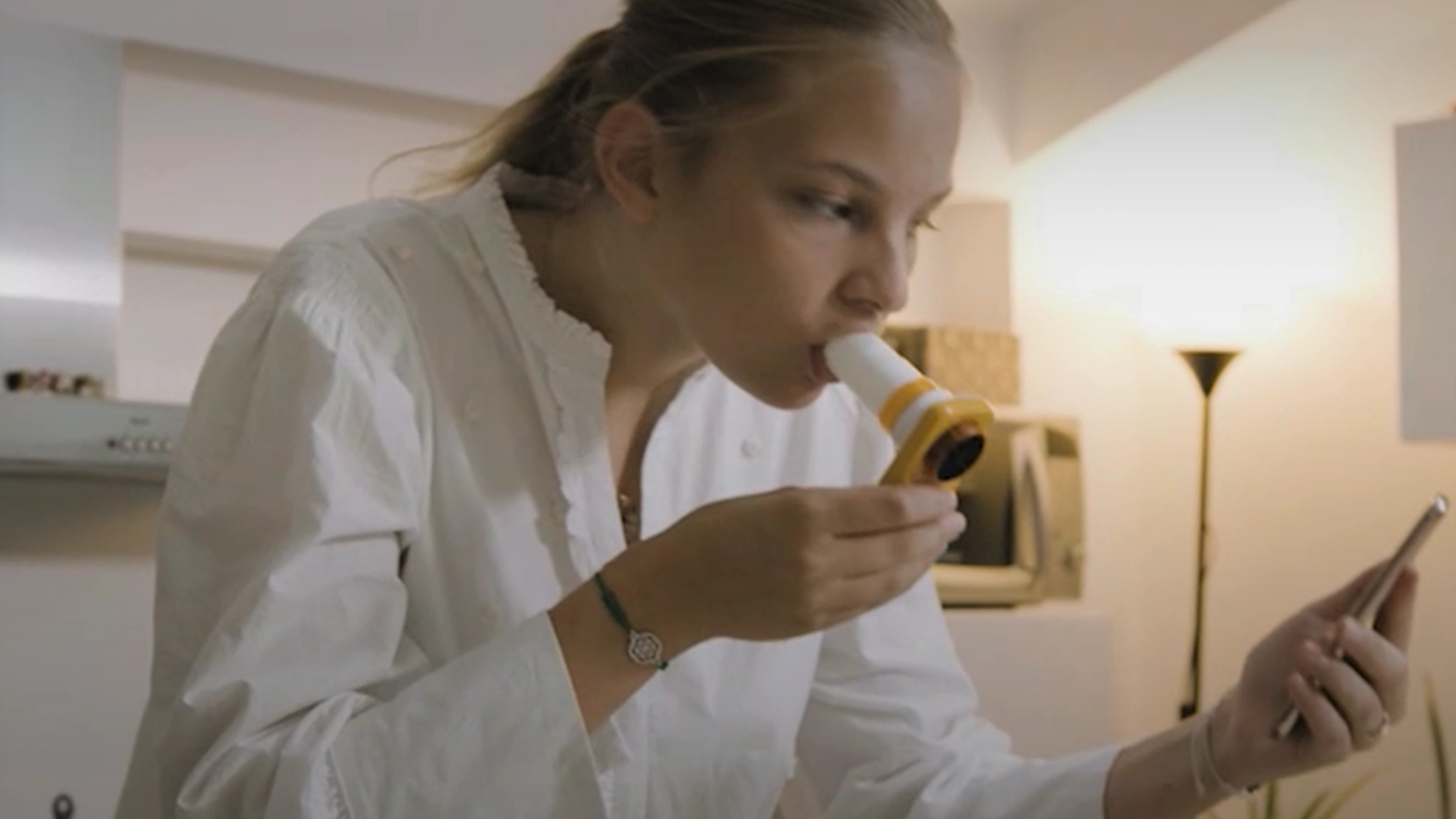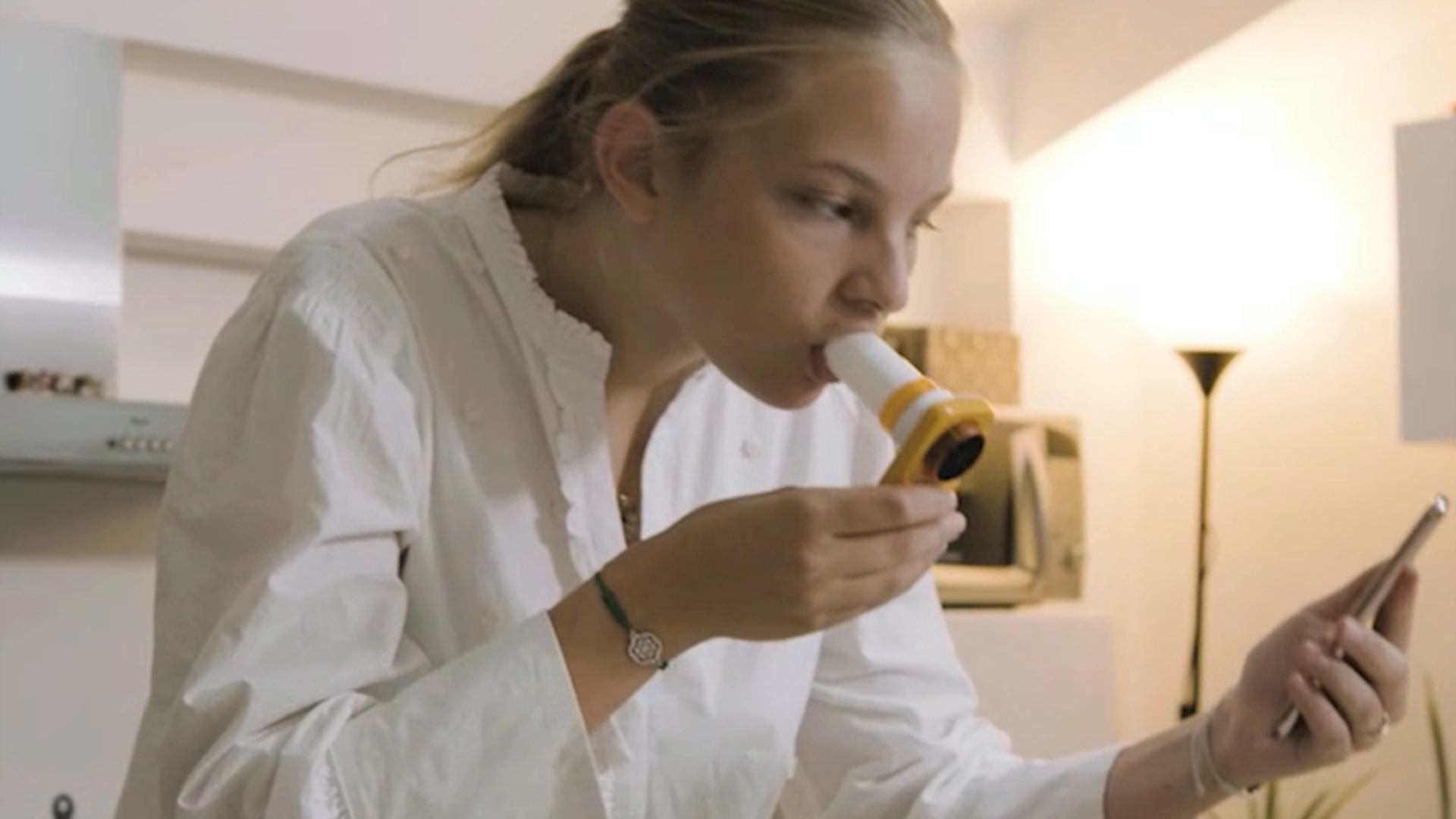Did you know that the IEC 62366-1:2015 – Application of usability engineering to medical devices repeats 60 times the word “shall” in its content?
In this technical standard, the word “shall” means that compliance with a requirement or a test is mandatory for compliance with the standard. The compliance is verified by the auditor or certification body personnel, inspecting the usability engineering file.
What is a Usability Engineering?
Usability Engineering is the formal study, a set of activities, aimed to assess and mitigate risks related to the correct use and use errors and finally to improve the usability of interactive systems.
Usability Engineering needs to be integrated throughout your medical device development process in order to support the entire design process of user interfaces and achieve a better result in terms of interaction between the device and the user. Of course, it is there to help you avoid harming users/ patients and bring safety.
Contrary to what a lot of people think, usability engineering is not just about user testing.
Cyclical formative usability tests are an essential part of the process, but limiting the Usability engineering or Human factor engineering activities to these tests can be a mistake that may cost you hours and hours of extra work to identify and fill up the not fulfilled requirements.
In order to correctly plan your medical device tests, research and analysis, risk management, and design control activities need to be performed and they are a fundamental part of Usability Engineering.
If you want to create reliable and consistent User Interfaces and a Usability engineering file, Usability Engineering should be an approach that goes through the entire development process.
Even when Usability engineering by International Standard IEC 6236 is not mandatory, following this process is a good and smart idea to add value and keep the high quality of your device’s interfaces.
Some elements that compound a Usability engineering file are
- Activities planning,
- Use specification,
- Potential Hazards,
- Foreseeable misuses,
- Safety related use scenarios,
- Task analysis,
- Potential use errors,
- Hazards,
- Hazard situations,
- Sequence of event and harms,
- Harm evaluation,
- Use Interface Specification,
- Usability goals,
- Technical requirements for design Input data,
- Formative evaluation plans,
- Formative evaluation test reports
and they form the basis for the Usability validation test planning.
Conclusion
In this article, we presented to you what is usability engineering in the medical devices industry and why is it important.
Creanova is a company that integrates Usability Engineering according to IEC 62366 in the device development process.
Therefore, it is able to create and deliver a documentation set that can help you to meet the general and process requirements of this technical standard.
Our deliverables are registered in the main document that keeps traceability of device interface safety-related tasks, use scenarios and their risk analysis, risk evaluation, risk control, and the technical requirements (risk management outputs becoming Design input data).
This enables our clients to perform the steps of residual risks, risk-benefit analysis, and overall residual risks acceptance as required per ISO 14971.
Finally, if you want to know more about this topic or our services, CONTACT US!

